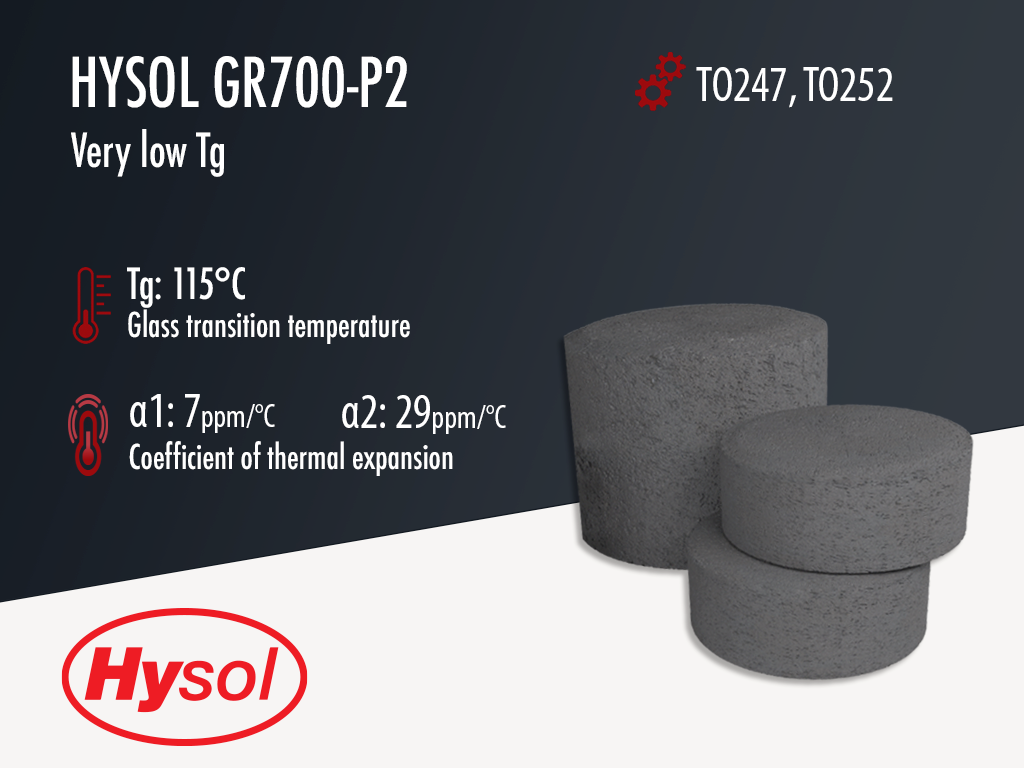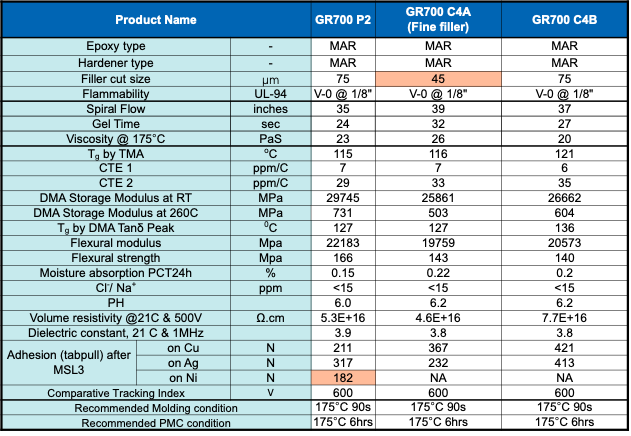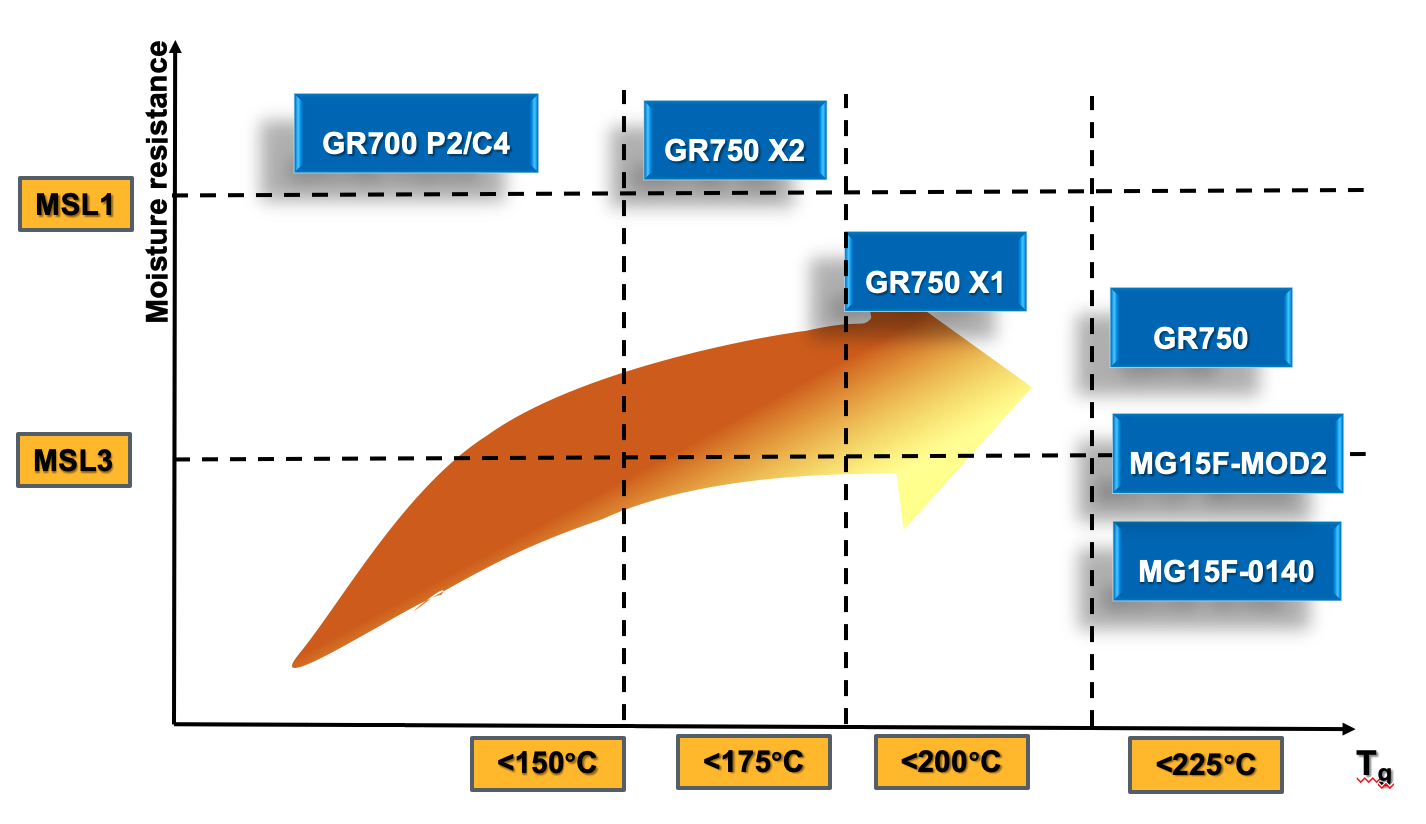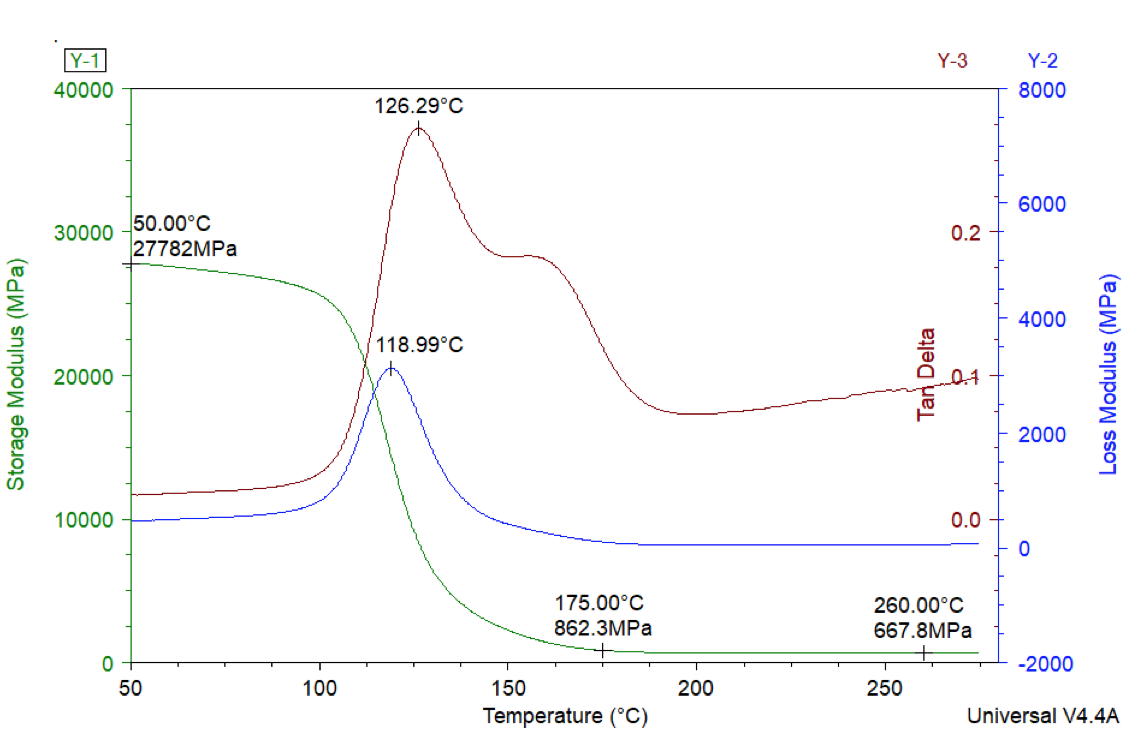Hysol GR700-P2 | Black Epoxy Mold Compound
Harmonization Code : 3907.30.00.40 | Epoxy Mold Compounds containing by weight more than 70 % silicon dioxide
Main features
- MAR Chemistry
- Very low Tg: 115°C
- Excellent electrical performance
Product Description
Hysol GR700-P2 is a black, silica filled (75um cut size) semiconductor grade epoxy molding compound. Its epoxy and hardener are based on MAR (Multi aromatic ring) chemistry and the product is part of our low Tg series of products with a Tg of 115°C. It's MSL 1 performance is good and some delamination issues are being dealt with to create an even superior version.
Hysol GR700-P2 can be used for High voltage applications and passes all electrical tests for Silicone Carbide SiC T0247 and T0252 packages with test voltages as high as 1700V. It delivers excellent performance and ease of use. It meets UL 94 V-0 flammability at 1/8 inch thickness. CTI has been measured to be 600V.
Technical Specifications
| General Properties | |||||||
| Color Color The color | Black | ||||||
| Density (g) | 1.99 g/cm3 | ||||||
| Physical Properties | |||||||
| Spiral Flow @ 175°C | 89 cm | ||||||
| Chemical Properties | |||||||
| |||||||
| Moisture absorption | 0.15 % | ||||||
| Mechanical Properties | |||||||
| |||||||
| |||||||
| |||||||
| |||||||
| Electrical Properties | |||||||
| Volume Resistivity Volume Resistivity Volume resistivity, also called volume resistance, bulk resistance or bulk resistivity is a thickness dependent measurement of the resistivity of a material perpendicular to the plane of the surface. | 5.3x1016 Ohms⋅cm | ||||||
| Thermal Properties | |||||||
| |||||||
| |||||||
| Glass Transition Temperature (Tg) Glass Transition Temperature (Tg) The glass transition temperature for organic adhesives is a temperature region where the polymers change from glassy and brittle to soft and rubbery. Increasing the temperature further continues the softening process as the viscosity drops too. Temperatures between the glass transition temperature and below the decomposition point of the adhesive are the best region for bonding. The glass-transition temperature Tg of a material characterizes the range of temperatures over which this glass transition occurs. | 115 °C | ||||||
| Thermal Conductivity Thermal Conductivity Thermal conductivity describes the ability of a material to conduct heat. It is required by power packages in order to dissipate heat and maintain stable electrical performance. Thermal conductivity units are [W/(m K)] in the SI system and [Btu/(hr ft °F)] in the Imperial system. | 0.9 W/m.K | ||||||
| UL 94 Rating UL 94 Rating Flammability rating classification. It determines how fast a material burns or extinguishes once it is ignited. HB: slow burning on a horizontal specimen; burning rate less than 76 mm/min for thickness less than 3 mm or burning stops before 100 mm V-2: burning stops within 30 seconds on a vertical specimen; drips of flaming particles are allowed. V-1: burning stops within 30 seconds on a vertical specimen; drips of particles allowed as long as they are not inflamed. V-0: burning stops within 10 seconds on a vertical specimen; drips of particles allowed as long as they are not inflamed. 5VB: burning stops within 60 seconds on a vertical specimen; no drips allowed; plaque specimens may develop a hole. 5VA: burning stops within 60 seconds on a vertical specimen; no drips allowed; plaque specimens may not develop a hole | V0 | ||||||
| Curing Conditions | |||||||
| |||||||









